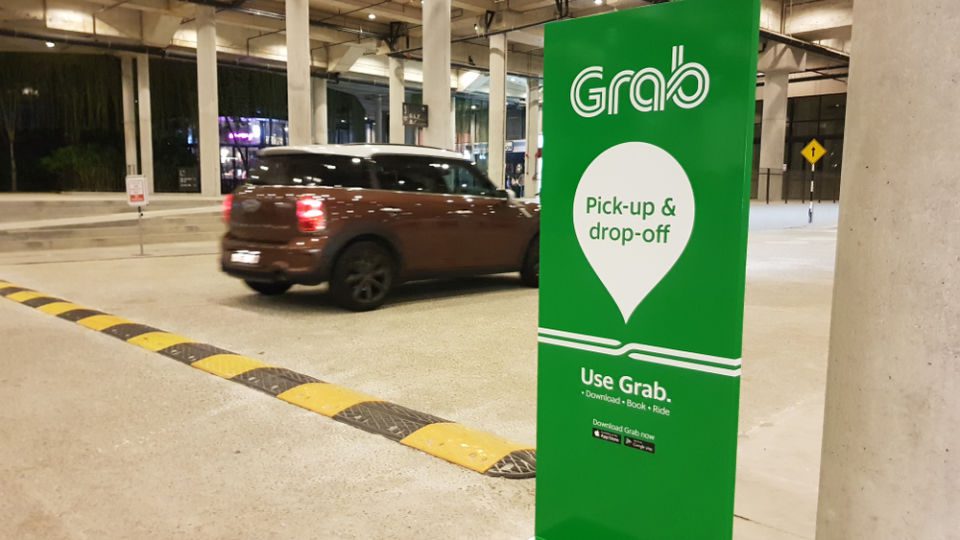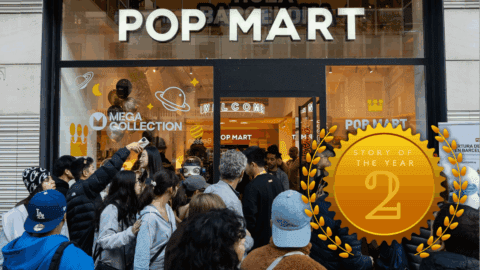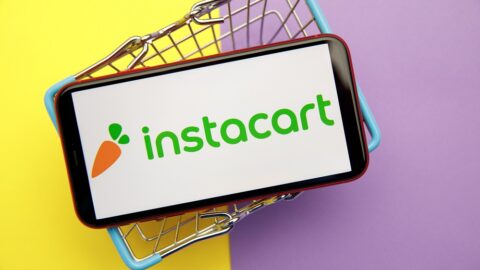Analysts recorded 15,000 retail stores closures in 2020, marking a shift that will have a massive impact in how brick-and-mortar will operate in the coming years. The standout messages from shoppers is that convenience and safety are among their top priorities, and retailers will need to rethink their operations with these key attributes in mind if they want to prepare for the future, according to the Better than Normal: Vision 2021 report from JLL, a global commercial real estate services company.
“Store traffic, pedestrian traffic and store layouts won’t necessarily go back to where they were in 2019 or 2018,” said Naveen Jaggi, President of Retail Advisory Services at JLL in an interview with Retail TouchPoints. “There’ll be a lot of things built with consideration for the fact that we may be past this pandemic, that doesn’t mean there will no longer be any coronavirus. We’ve just gotten, finally, safe enough to go back out.”
JLL predicts that by the end of 2021, 80% of office workers will have returned to the office following the release of a vaccine. Combined with the return of nightlife such as restaurants and theaters, retailers should see a similar resurgence in traffic. However, the new consumer mindset means stores will need to adjust their operations if they want to fully benefit from the return of brick-and-mortar:
- Look for ways to compress pickups across retailers: Partnerships among retailers, malls and fulfillment providers can squeeze multiple buy online, pick up in-store (BOPIS) trips into one, to improve safety and convenience while driving traffic;
- Make associates an even bigger part of the experience: Shoppers are now more likely to do their research online than they ever have been, and associates need to be even more well-trained to give that final push toward the right purchase; and
- Redesign stores with safety in mind: Shoppers are going to want their personal space for both safety and comfort, so store designs may need to shift their emphasis from maximizing displays’ capacities to creating navigable spaces.
Safer, More Convenient Pickup Options can Generate Mall Traffic
No part of the retail sector has been hit as hard as malls. JLL found that apparel stores accounted for 25% of retail bankruptcies in 2020 and department stores another 11.4%, and that these two formats take up 57% of total mall space. However, malls are perfectly positioned to deliver on both the safety and convenience required in a post-pandemic world by becoming pickup hubs.
Shopping across multiple stores is suboptimal for both safety (more exposure to public spaces) and convenience (more time spent out) reasons. Some malls and their tenants are developing systems, or working with third parties, to combine multiple orders and fulfill them at a single point — an option preferred by 70% of shoppers who choose pickup. This works out not only for the shopper, who can save the trouble of making multiple trips, but for the mall owner, who now has a new way to get shoppers’ feet in the door.
“We believe this is one of the big initiatives to look for in 2021 and 2022: a way consumers can get multiple products in one place but one that still gets them back into the mall,” said Jaggi. “Every owner wants consumers back in the mall for last-minute impulse shopping. We also want to make it very convenient for them, if they’re very health conscious and safety conscious, that they don’t have to be forced to go to three, four or five locations to pick up their online orders. That’s the bridge to get them back onto the property.”
Associate Training Needs to Match Better-Informed Shoppers
The spike in online shopping also has led to better-informed consumers in general. But rather than making associates superfluous, this trend has made them more important than ever. Shoppers who take the time to visit a store are now more likely to have performed basic research online and have a very good idea of what they want, but they will need an expert to help them narrow down the perfect product.
This trend is particularly strong in electronics, which can be complicated and expensive. Jaggi cited Best Buy as an example of a retailer doing it right. The brand has developed a reputation for knowledgeable, helpful associates, and this has helped the brick-and-mortar retailer continue to flourish even as ecommerce boomed.
“The consumer of the future will be needing more help, whether it’s help at their home or at the store, to understand what they’re buying,” said Jaggi. “Many retailers are investing in people to help consumers make more appropriate choices for what they’re trying to buy. They’re smarter about the way associates are taught, so you have computer specialists, you have camera specialists, you have printer specialists. Shoppers know what they want, they just need someone to help them find what’s best for them.”
Even Store Shelves Will Reflect the Need for Safety
The combination of lingering social distancing habits and the potential for future coronavirus mutations means shoppers will remain a bit wary even after they return to stores in greater numbers. The importance of giving them enough personal space may overcome the need to have as wide a selection in-store as possible — particularly since more shoppers than ever have become accustomed to the endless aisles of the internet.
“Retailers in the past were accustomed to stacking their shelves very deeply, crowding the aisles with as much product as they could,” said Jaggi. “Safety is being improved by reducing the amount of stuff in the aisles, reducing the things that will block your way, so it will be easier for people to move around. That’s not the store of the future, that’s happening today. The store of the future will remodel existing stores to allow for more safety and more convenience for people to walk around.”
Safety and convenience will be the driving factors in post-pandemic retail, so retailers looking to capitalize on these trends will need to rethink how their stores are designed and staffed. Maintaining customer comfort will be paramount to staying relevant in the new normal — and it will redefine the standard for how BOPIS is handled, associates are trained and stores are laid out.













